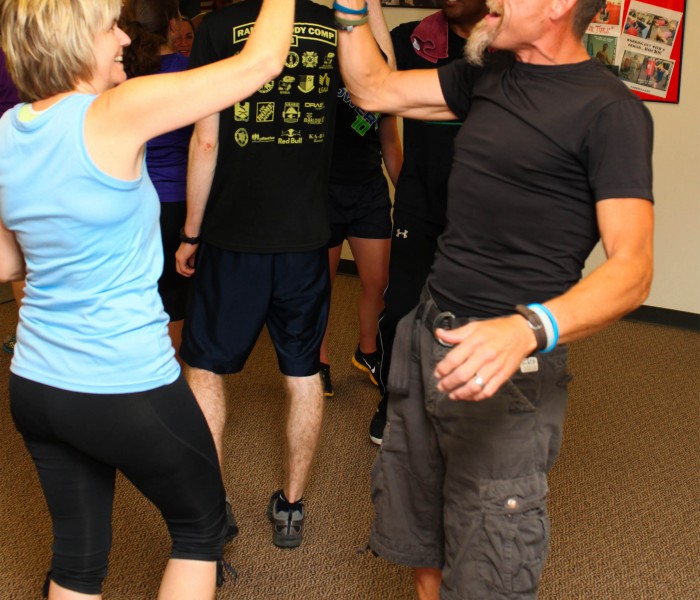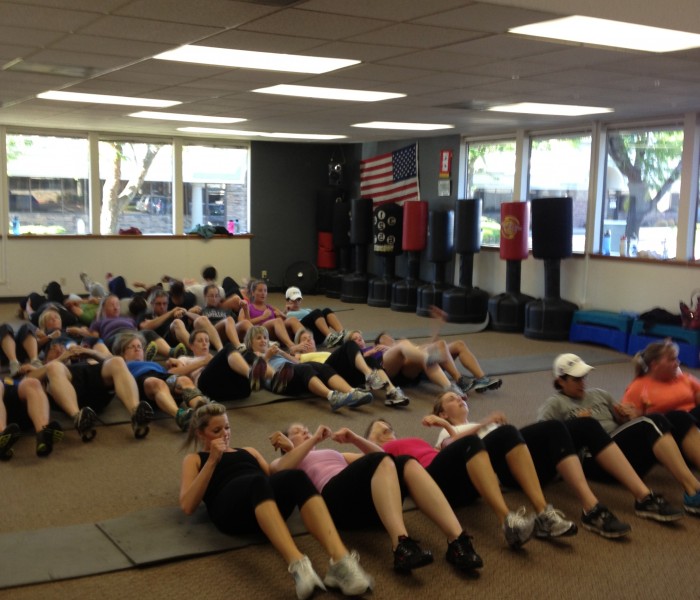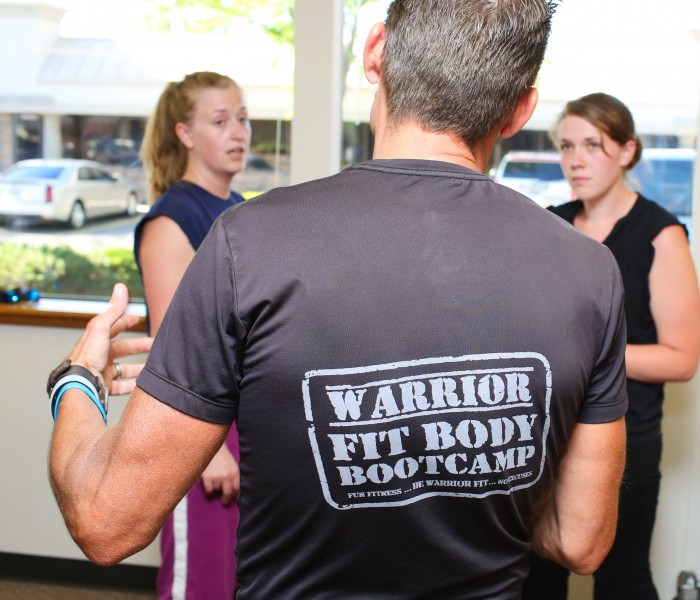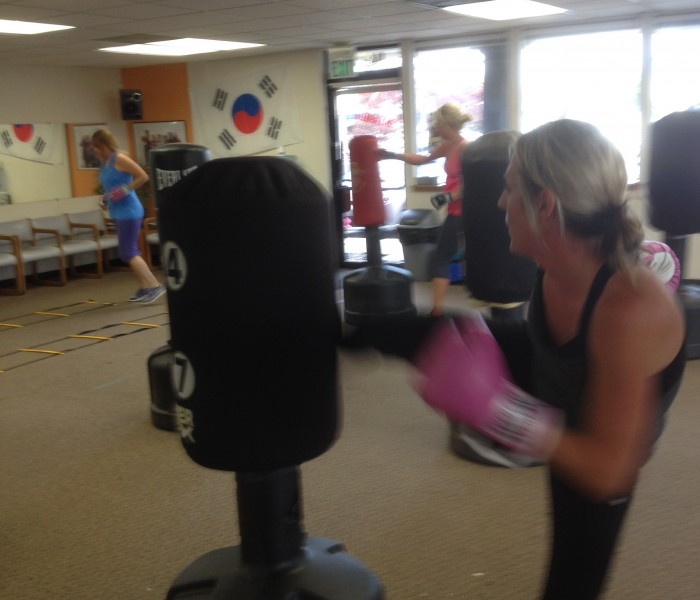In my leptin series a few weeks ago, I hashed out how dietary choices direct leptin levels – as well as leptin sensitivity and leptin resistance. But there’s more to leptin processing than just the food we eat (or don’t eat). As it so happens, the environment in which we live – and the good or bad “stress” we experience in it – can have an overriding impact on leptin production. Researchers at Ohio State University injected a group of mice with cancer cells and followed their progress after dividing them into two groups. One lived in a larger and “enriched” community environment with various toys, hiding areas and exercise wheels. The other group lived in groups a quarter of the size in standard lab cages. What the scientists found might leave you scrutinizing your living quarters – or at least your social calendar.
The rats that lived in the enriched […]
Original post by Mark Sisson








 For now classes are 6pm and 640pm at 2840 Wildwood st in the Boise Cloggers studio.
Book your class NOW!
click this ==>
For now classes are 6pm and 640pm at 2840 Wildwood st in the Boise Cloggers studio.
Book your class NOW!
click this ==>








